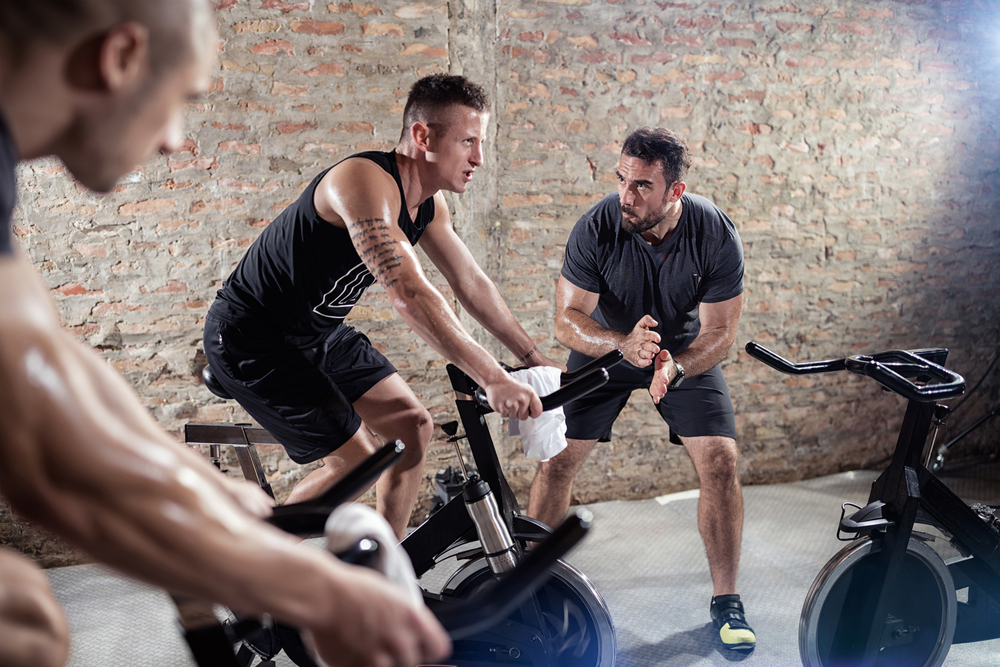HYPERTROPHY AND TRAINING... FINALLY
Hypertrophy, or the increase in muscle size through an increase in the cross-sectional area of its fibres, and the probability of hyperplasia, which also corresponds to an increase in muscle size, but this time through an increase in the number of its cells (myofibrils), are two phenomena that contribute to the maximum development of muscle size.
Because there is a close correlation between muscular strength and muscle cross-section, the systematic search for an increase in lean mass is an objective that concerns all athletes who practice bodybuilding and who are involved in strength and power sports.
Obviously, hypertrophy can only occur when muscle protein synthesis is greater than its degradation and to achieve this, it is obviously necessary to have a sufficient protein intake but also adequate stimulation, i.e. training capable of initiating and responding in the best conditions to the three main factors likely to initiate muscle hypertrophy.
As we have seen previously (MACS7® No. 3) these factors are mechanical tension, metabolic stress and muscle damage, all of which are caused by training.
Mechanical tension emphasises both the qualitative and quantitative association which implies the most appropriate combination between the loads lifted, the modes of contraction and various other parameters such as the number of sessions, series, repetitions, the duration of rest times....
bref, all the parameters which condition the training sessions. As we have seen in the various articles published in MACS7® (n°4, 5, 6, 7, 8 and 9), it is possible to play with the different training variables.
That is to say, the volume, intensity, choice of exercises, rest intervals, speed of execution and work to muscle failure, because all of these and their different combinations can have a decisive effect on muscle hypertrophy.
Metabolic stress is, of course, everything that happens at the metabolic level during and after training. Many studies show that the accumulation of metabolites in the muscle has both a direct and indirect impact on hypertrophy. This metabolic stress is particularly important with exercises that rely on anaerobic glycolysis to produce ATP,
This metabolic stress is particularly important with exercise that relies on anaerobic glycolysis to produce ATP, a pathway that generates a high production of lactate, hydrogen ions, inorganic phosphate, creatine, etc. In addition, the phenomena of muscular ischaemia that are added during exercise significantly increase the importance of this stress.
Muscle damage to the muscle tissue generates a strong inflammatory response that attracts macrophages which eliminate cellular waste and stimulate the production of cytokines (growth factors involved in healing and negative control of inflammation). All this is supposed to release various growth factors that regulate the proliferation of satellite cells* and promote the hypertrophic response.
It is clear from all the studies and field observations that the best response to stimulate muscle hypertrophy is training planning. This is the only way to vary the stimuli and to organise and prioritise this variety according to the athlete's adaptation reactions. This is the only way to respond most effectively to the different factors which condition muscular hypertrophy and therefore the only way to avoid stagnation.... or worse, regression!
*Satellite cells are found between the plasma membrane and the basal membrane of muscle fibres. They provide the new nuclear material necessary for muscle growth and hypertrophy. If the fibre is damaged, the satellite cells are activated.










